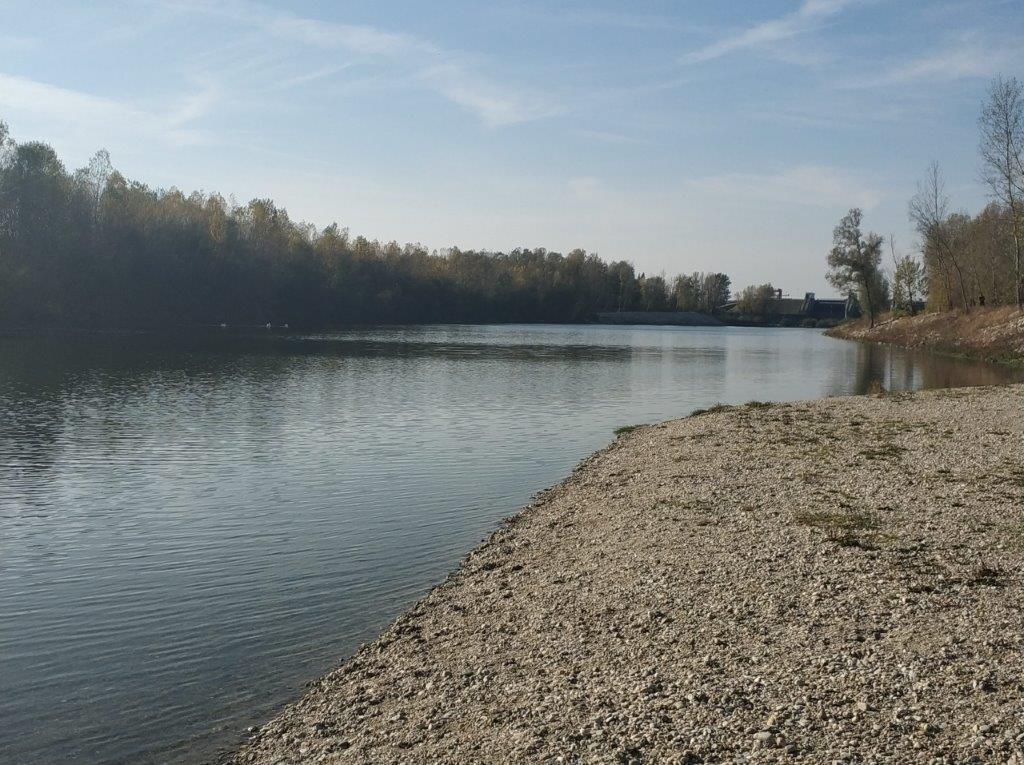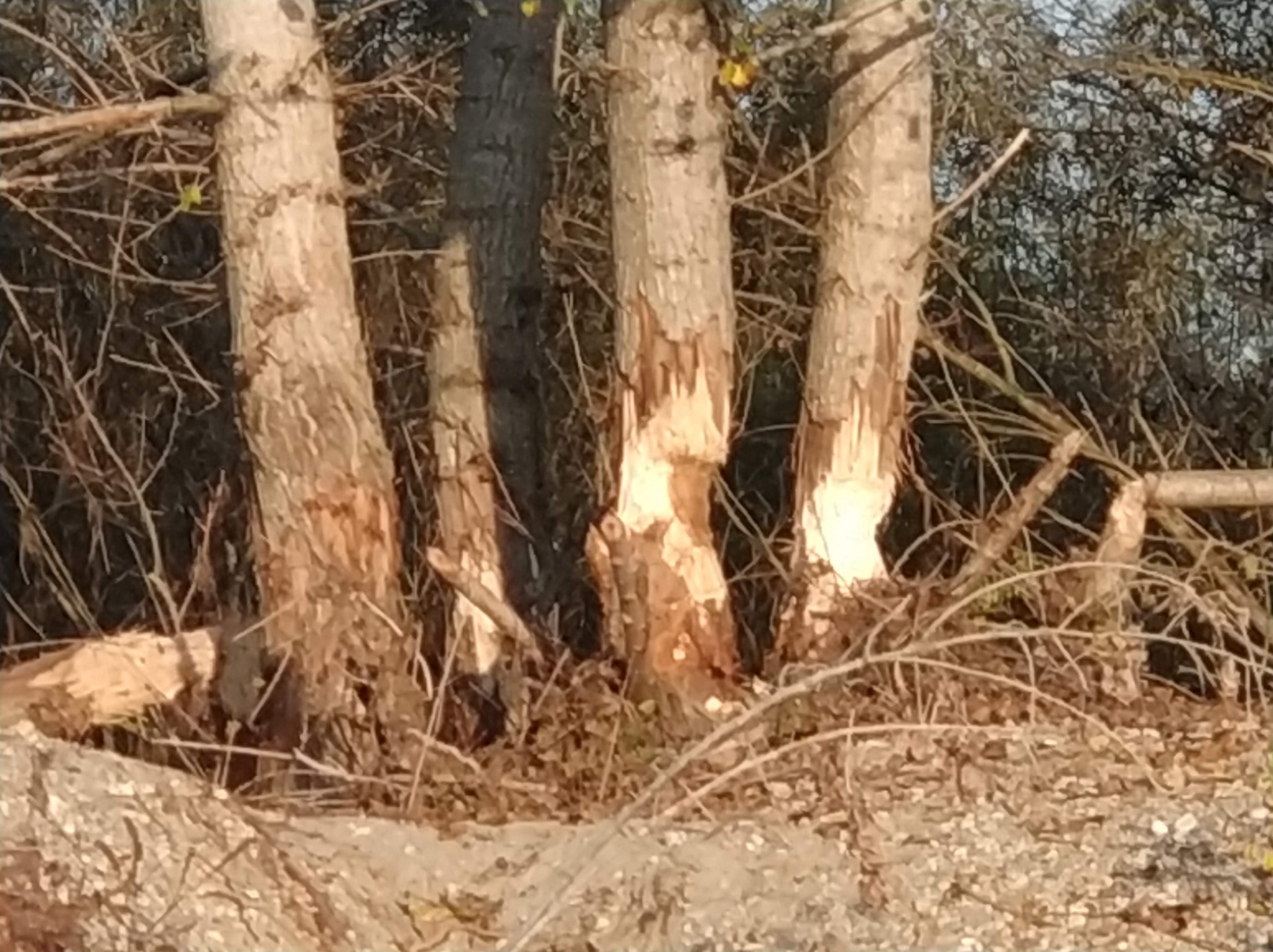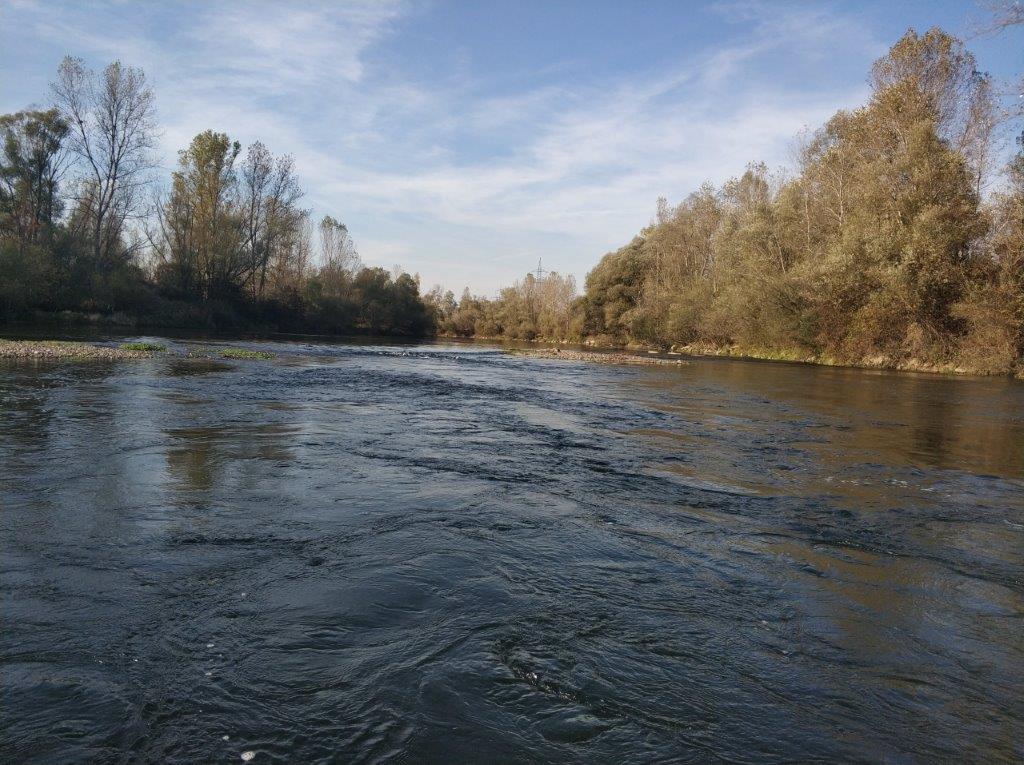Međimurje is the northernmost region in Croatia, quite clearly separated from the other areas by the Mura River (to the neighbors on the North, Slovenia, and Hungary) and the Drava River to the South (where it marks the "border" between Međimurje, Zagorje and Podravina).
The Drava River, the south border of Međimurje is one of the very significant Central-European rivers and is the 5th largest tributary to the Danube river.
It originates in Italy and flows through Austria, Slovenia, Croatia, Hungary, and it flows into the Danube at the border with Serbia. If you were to look at a map of the Drava, one of the things you'd notice is that there are a lot of lakes in its path. Many of those are the artificial lakes created to maintain the water levels for numerous hydroelectric power plants located on the Drava - and the three largest plants are located in Croatia - in Međimurje.
I got the chance to spend the day in Donje Međimurje (Lower Međimurje), which is the Eastern part of the region, in a village called Donji Vidovec, close to one of the lakes and the Hungarian border. We were treated by the Međimurje County vice-prefect Josip Grivec (who is from Donji Vidovec) and municipality head Josip Matulin, as they arranged for us to take a boat ride down the old Drava riverbed.
Obviously, with the accumulation lakes and hydro powerplants, the regulation of the water levels is paramount, so new channels were built to make the control of the river as easy as possible. However, the old riverbed still exists, and if you're very, very lucky, you can visit this oasis of peace and quiet on a boat.
Our hosts, including our captain Zlatko from the Moto-Nautical Club "Vidovski Zlatari," told us the story of the gold prospectors on the Drava river. You can read more about that tradition in a previous story on TCN; I'm sad to report that Mr. Matej Horvat has since passed away.
We saw the sights and sounds rarely seen by tourists or anyone rather than the local people for whom the river is still a part of their everyday life. The river is mostly quite calm, but some of its tributaries had a bit more force and faster water. We saw numerous birds (I quickly forgot most of their names, except that there were obviously swans, ducks, and huge grey herons), we didn't see the beavers themselves, but we could clearly see the results of their hard work. We got stuck in the shallow water once (that might or might not have been intentional), had drinks at the paintball center Pozoj and experienced the river at its finest on a fantastic, sunny autumn day.
It's not a highly commercialised tourist product, but if you ever find yourself in the region, make sure you ask the people of the Vidovski Zlatari Club how you can treat yourself to a similar excursion. You won't regret it!






